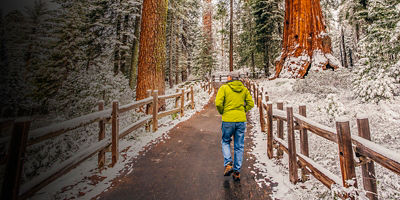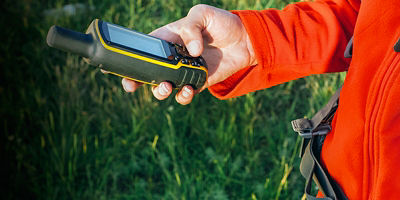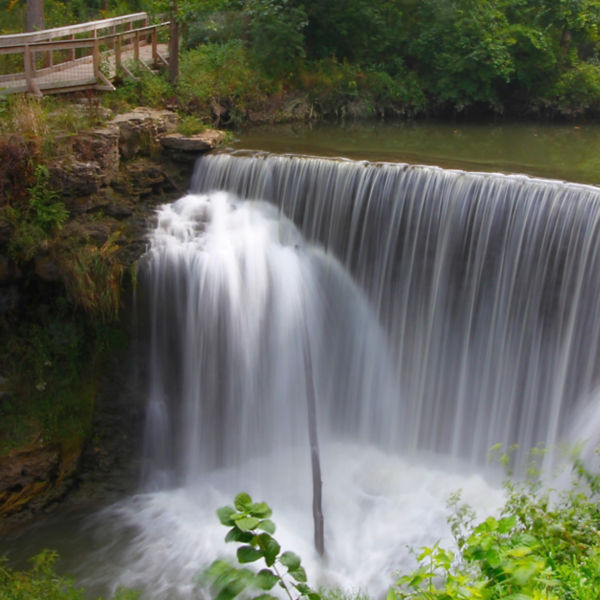
The Rocky Mountains are a truly wild landscape: postcard-pretty and ruggedly unforgiving all at once. The range’s eponymous national park is no exception. Founded in September, 1915, Rocky Mountain National Park is a 265,807-acre alpine highlight reel, with turquoise lakes, wildflower-speckled meadows, and bands of quiet aspen forest. Above the greenery, you’ll find peaks up to 14,259-feet high, which remain snow capped much of the year.
For hikers, campers, backpackers, and climbers, Rocky is an endless playground of winding trails, bucket-list campsites, and world-class alpine rock. But of course, people were here long before outdoor enthusiasts came for the recreation. The Ute, some of the land’s first inhabitants, followed big game like bison and elk into the high country in the summers. In fact, some of the park’s first trails were originally Ute byways. Trail Ridge Road, the highest paved road in North America and the park’s most famous scenic drive, traces a route originally established by Ute people as a path across the Continental Divide.
Today, Rocky Mountain National Park is the third-most visited National Park in the U.S. In 2019, it saw a whopping 4.6 million visitors. Concerned about environmental impacts, traffic congestion, and parking shortages, the park put a reservation system in place in 2020, requiring visitors to have a reservation to enter the popular Bear Lake Corridor after 5 a.m. during the high season (check current regulations before you go). Fortunately, with more than 350 miles of trails and mind-blowing scenery across the park, there are plenty of opportunities for adventure and solitude no matter when you visit.
Carved by Glaciers
Rocky Mountain National Park has a rich geologic history. Along the trails here, you’ll see everything from silvery schist to pink Pikes Peak granite, some of it up to 1.7 billion years old. However, some of the mountain-building events that brought these rocks to the surface are an enigma, even to geologists. After all, the Rocky Mountains are far from the nearest tectonic faults, which is where mountain creation usually happens. There are plenty of theories, but the mystery remains.
What is well understood is how the park’s characteristic U-shaped valleys were formed. Over the last 700,000 years, there have been a number of glaciation events, which left massive tongues of ice at the feet of the high peaks. Over time, the glaciers slipped slowly downhill, carving out valleys and leaving other telltale signs—in some places, you can see “glacial striations” or gouges left in rock panels by the passing of the ice.
The First Inhabitants of Rocky Mountain National Park
As far as park researchers can tell, human beings first arrived in what is now Rocky Mountain National Park around 12,000 years ago. This was back when mammoths and other large game animals wandered the open meadows between the peaks. Throughout the park, archeologists have found ancient arrowheads, spear points, and low rock walls once used to funnel animals to waiting hunters.
Later, the Ute People used the land as summer hunting grounds. Members of the Arapaho Tribe were also known to hunt here, though they more often lived in the lowlands at the base of the mountains, where the temperatures and landscapes were more hospitable.
The demographics of the area didn’t start to change until the 1800s, when miners, fur traders, and other European settlers began to move into the Rockies. Mines around Rocky Mountain National Park weren’t fruitful, but the scenery and mountain air ultimately drew tourists. Estes Park, the gateway town for Rocky Mountain National Park, became one of the area’s first tourist towns.
Visiting the National Park
Summer is the most popular season, but you can visit the park throughout the year and experience an entirely different landscape each time. Here’s when to go to make the most of your visit, and how to navigate the reservation system.
Reservation System
To enter the park between late May and Early October, you’ll need a timed entry permit. That’s if you want to access Bear Lake Road—home to the most popular hikes—between 5 a.m. and 6 p.m., or the rest of the park between 9 a.m. and 3 p.m. (If you arrive outside of those hours, no reservation is required.)
The reservation system opens at the start of each month for advanced planners, and at 5 p.m. the night before for last-minute trips. But be quick: the $2 reservations book up fast. (To enter, you’ll need a National Parks Pass or ;pay the park entrance fee in addition to your reservation.)





















